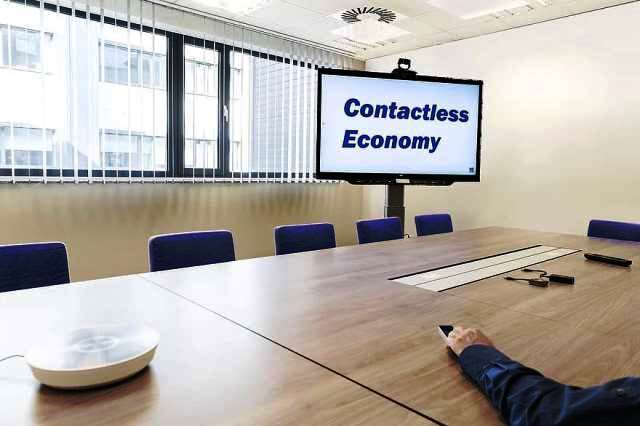
Image source: Pikist
Most employees are leery about returning to work and want employers to place a priority on safety and employee communications, a new Institute For Public Relations survey reveals. As people return to work, communicating the organization’s safety precautions and guidelines will be critical.
Some key highlights of the survey include:
- 80% of respondents said there should be sectioned-off offices and a phase-out of open-space offices.
- 83% believe that if work is able to be done remotely, employers should not require employees to return to the office until COVID-19 is no longer a threat.
- 81% said employees should be allowed to work from home during the pandemic until they feel comfortable to return.
- 72% said they should be entitled to paid sick leave, 67% said they should receive payment for Covid-19 testing.
If appropriate safeguards are in place, employees are more likely to support reforms under consideration in Congress to provide legal protection for essential businesses against unfair litigation related to COVID-19, Specifically, workers are more likely to support a proposal if companies demonstrate how they’re accountable for public safety (56%), and employ transparent messaging outlining legal requirements (48%), and are honest and open communications (47%).
Businesses will have to make major adjustments in work spaces to accommodate employee concerns and reduce risk of virus spread. Although government is allowing reopening of businesses, the coronavirus pandemic is far from over, according to Dr. Anthony Fauci – and employees know it.
How Epidemiologists Feel about Returning to Work and Other Activities
Most epidemiologists and infectious disease specialists surveyed by The New York Times said working indoors with others is one of the riskier communal activities. When asked when they expected to return to work in a shared office, 27% said this summer, 47% said in three to 12 months, 18% said in more than a year.
“As much as I hate working at home, I think that working in a shared indoor space is the most dangerous thing we do,” Sally Picciotto of the University of California, Berkeley, who planned to wait at least a year before returning to the office, told the Times.
Most of the epidemiologists said they’d wait even longer before riding a subway, traveling by airplane, and eating at a dine-in restaurant. More than half said they’d feel comfortable this summer seeing a doctor for a nonurgent appointment, vacationing overnight within driving distance, and getting a haircut at a solon or barber shop.
The experts emphasized that individual decisions depend on their particular life circumstances, risk tolerance and other factors. They might change their own decisions based on the future availability of testing, contact tracing, and treatment and vaccination for Covid-19.
Most agreed that outdoor activities and small groups are safer than being indoors or in crowds, and that masks would be necessary for a long time.
“Fresh air, sun, socialization and a healthy activity will be just as important for my mental health as my physical well-being,” said Anala Gossai, a scientist at Flatiron Health, a health technology firm, who said she would socialize outdoors this summer.
The Role of Internal Communications
Their comments mean organizations will need to be agile and adjust safety recommendations based on availability of testing, contact tracing, and vaccines. Proper employee communications helps keep anxious employees informed and can squelch destructive rumors that often proliferate during a crisis. Besides helping keep employees safe, effective internal communications may protect companies from legal liability.
Many PR and measurement experts recommend that companies survey their employees and other key stakeholders and use a media measurement tool to assess employee perceptions about health safety at work.
Another possible option: Let employees work outside ☺ or continue to work from home. Initial studies indicate that there is no loss of productivity in working from home. In reviewing over 4,000 studies on remote work, researchers found that over two-thirds of employers report increased productivity among their telecommuters.
Companies must be cognizant of employees’ wariness in returning to work and must communicate the steps the business has taken to protect employees. On the other hand, allowing employees to continue to work from home if they wish may be the best solution for employers even as government allows businesses to reopen.
Bottom Line: Employees feel uneasy about returning to work, a new survey shows. Employees want employers to place a high priority on worker safety and forthright internal communications.
Schedule a Free Online Demo of the Glean.info Media Monitoring & Measurement Dashboard.
William J. Comcowich founded and served as CEO of CyberAlert LLC, the predecessor of Glean.info. He is currently serving as Interim CEO and member of the Board of Directors. Glean.info provides customized media monitoring, media measurement and analytics solutions across all types of traditional and social media.




